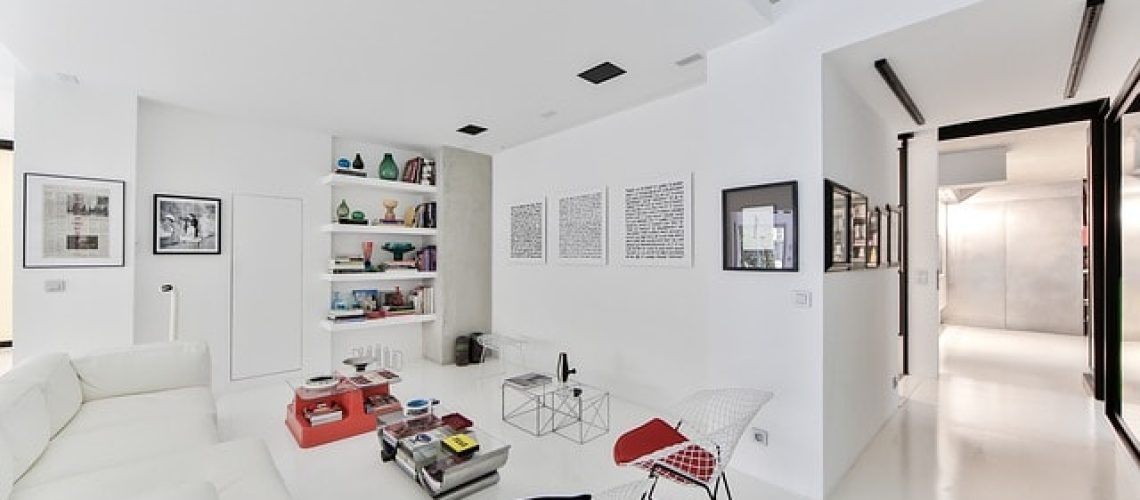White is the go-to colour of many homeowners repainting their home interiors for resale or to give their place a new look. This is not surprising since white is known to give spaces a clean, sophisticated and timeless look.
Although its popularity waned the past years with the rise of beige and grey as the so-called “top new neutrals”, white remains to be a favourite amongst a number of homeowners, young and old. Last year, an article stated that some Instagram users, particularly millennials, are repainting their walls white to gain more followers – proof that white rooms continue to be appealing.
So, if you are redecorating and going for a simple yet classic and elegant look, paint your home’s interior walls white. Just be sure to take into consideration pertinent elements to get favourable results. Remember, white is also associated with coldness and dullness. Hence, when improperly used, this colour can make your room chilly, boring and unwelcoming. To avoid this, make sure you keep in mind the following tips:
Lighting
Lighting has an overall effect on the appearance of a room. This is why, it is essential to take this element into consideration when painting a room white. It is also important to note that the amount and quality of light a room gets vary depending on its orientation.
A north-facing room receives cooler, greyish light which creates an “icy” ambience. Painting them with stark white or one with a cool undertone can make the room appear colder. To avoid this, choose a warm white – one with yellow or orange undertone.
Meanwhile, a south-facing room, which receives abundant sunlight, can benefit from a white with cool undertones like blue, green or grey. Using a cool white can also help address glare which can be a problem if the room has several big windows.
Room Size
Painting small rooms white is a popular practice. This is because white, just like other lighter hues, can make tight spaces appear larger since it reflects light. However, this only holds true in rooms which receive enough light. In the absence of well-sized windows or ample light source, small spaces painted in white can look sterile, uninviting and flat – much like the ambience of clinics and hospital rooms. Unless you can remedy the problem and ensure that enough natural light illuminates the room, it is best to avoid using white paint in these rooms. As an alternative, you can go for cream or light grey.
Additionally, if you are using white in a small room, paint bigger adjacent spaces with a darker or deeper shade of white instead of a contrasting hue. This technique creates the perception that these rooms do not greatly vary in size.
Wall Imperfections
While it can make a room look clean and bright, white is not very good at hiding wall flaws. In fact, it can be very unforgiving, making even minor cosmetic problems easily noticeable.
So, before painting your walls white, inspect them and address all the problems you see. Fill holes and cracks. Clean any stains present with sponge and detergent or use a stain-blocking primer. Make sure you do the necessary prep work to guarantee an excellent and a long-lasting paint job. Moreover, choose a paint that’s formulated to resist dirt, stains, etc.
Fixtures
Consider your fixtures, especially the permanent ones, if they go well with white. While this hue easily pairs with other colours, some match better than others. For example, light brown furnishings or flooring may not stand out when you have white walls.
Also, an all-white room can become boring. This is why it is important that you choose your fixtures or furnishings well to ensure that the room becomes appealing. If you have a collection of artwork, display them to give life to your walls. Furthermore, apart from using colours that pop, utilise different textures for your rugs, furnishings and accessories to add more character to the room.
Want more tips on painting a room white? Call us at 086 608 1817 / 085 139 0233 today!
